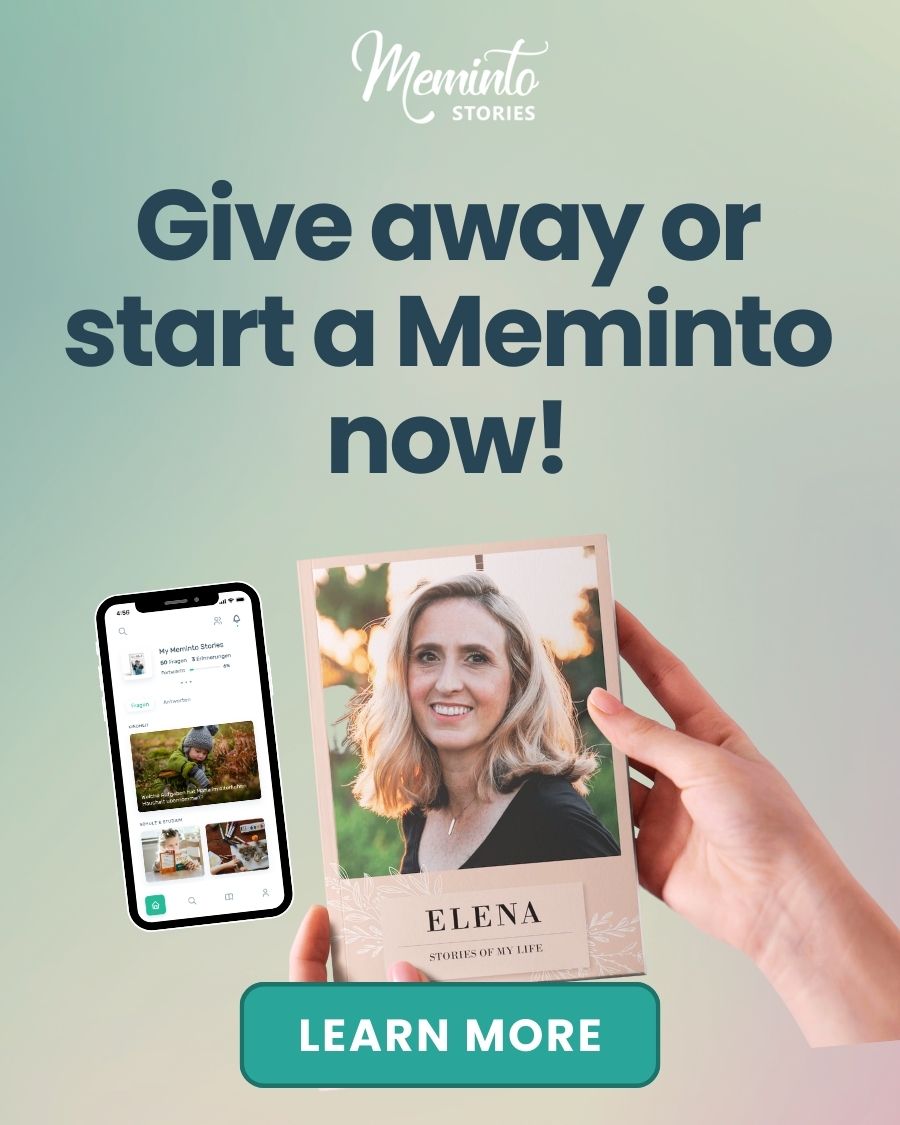Creating a family memory book is more than just putting pictures and names on paper — it’s like planting a garden of shared moments, where each story is a seed that grows into something beautiful and lasting. It’s a quiet afternoon spent flipping through dusty photo albums, laughing at hairstyles from the 90s, or rediscovering the warmth in your grandmother’s smile. It’s the gentle act of writing down the story of how your parents met, or the tale of that summer road trip where the car broke down but spirits stayed high.
But more than anything, it’s a process of honoring. Honoring each voice in the family, even the ones that prefer to stay in the background. Respecting privacy is like closing the door softly behind a memory — not erasing it, just keeping it sacred. You don’t have to tell everything. You simply have to tell what matters, with kindness.
A family memory book isn’t about perfection — it’s about connection. It’s about weaving a legacy out of words and feelings, one that can be opened years later by a curious child and felt like a warm hug from the past. A quiet way of saying: We were here. This was us.
Here’s how to balance accuracy, emotions, and collaboration:
Digital tools like Meminto Stories simplify this process with features like guided prompts, AI transcription, and collaborative editing.
Key Ethical Issues in Family Story Editing
Balancing Privacy and Openness
When sharing family stories, it’s essential to set clear boundaries about what can and cannot be shared. Always get explicit permission before including sensitive details. Written consent or collaborative editing sessions can help ensure everyone feels comfortable with the process.
"Well-told life stories depend on asking the right questions." – Meminto
Navigating Differing Family Perspectives
Family members often have unique viewpoints and memories. To address this, gather input from everyone involved. Encourage personal reflections and work together to review drafts. This collaborative approach helps create a sense of shared ownership over the final story.
Combining Facts with Personal Memories
Blend verified facts with emotional recollections to create a narrative that is both accurate and meaningful. Cross-check details like dates, locations, and events against documents, and then weave in the personal memories that bring the story to life.
These ethical considerations lay the groundwork for the practical steps covered in the next section.
Family Matters: The Ethics, Challenges & Rewards of Writing …
Guidelines for Ethical Story Editing
Follow these principles to ensure stories are edited with respect, fairness, and clarity.
Securing Consent and Respecting Privacy
Establish clear consent procedures and get written approval from all contributors before making edits. This helps protect their privacy and ensures they are comfortable with any changes.
Including Every Family Voice
Encourage balanced representation by asking open-ended questions that allow contributors to share their unique perspectives and personal experiences.
Communicating Edits Clearly
Keep contributors informed about any changes made to their stories. Maintain a detailed log of revisions to ensure the integrity of their narratives is upheld.
sbb-itb-e3574dd
Steps to Solve Ethical Problems
Using the principles of consent, representation, and transparency, follow these steps to address ethical challenges collaboratively:
- Work together using structured prompts: Use Meminto Stories‘ guided questions to collect detailed memories and perspectives.
- Ensure consistency: Stick to the same prompts and permission protocols for all contributors to maintain fairness.
- Include a variety of voices: Involve family, friends, and others, and document each contribution clearly.
- Accept different formats: Gather input through text, voice, or video to capture diverse perspectives.
- Be transparent: Use visible revision logs to keep the process open and build trust.
Digital Tools for Story Preservation
Digital tools can make collaboration easier and help maintain the integrity of stories being told.
Tools for Better Storytelling
Digital tools simplify storytelling while ensuring accuracy. For example, Meminto Stories uses AI-powered speech-to-text technology to capture storytellers’ voices in written form. This ensures that every story is recorded faithfully and inclusively.
"I genuinely love the idea behind collecting stories, not just our own but of those around us." – Anja
These tools also support features like transparent editing, tracking consent, and creating inclusive narratives. Viktoria, a 94-year-old, worked with her son to turn nearly a century of memories into bilingual hardcover books.
Easy-to-Use Interface
Meminto Stories is designed to be user-friendly, making it accessible to people of all ages. Its standout features include:
- AI-driven speech-to-text transcription
- Guided prompts for storytelling
- Options to upload content in various formats
- Tools for collaborative editing
The platform also allows users to integrate multimedia elements, such as photos, audio, and video, alongside their written stories.
Meminto Stories provides an affordable way for families to preserve and share their memories.
Conclusion: Building Better Family Memory Books
Meminto Stories helps families preserve their histories with guided prompts, easy editing tools, and AI transcription. For example, Werner, 68, shared his life story step by step and is now preparing for a second book. In another case, Albert’s 17 relatives worked together to uncover fresh stories about their grandfather [2]. These examples highlight how clear communication and teamwork can bring family stories to life. Meminto Stories transforms memories into meaningful connections that last.
[elementor-template id="31269"]

















